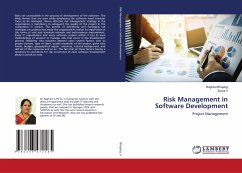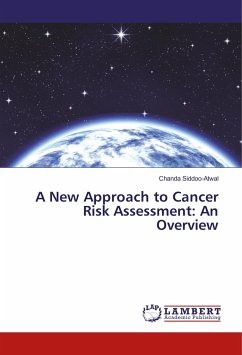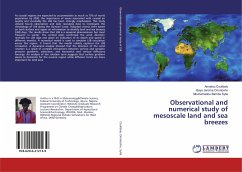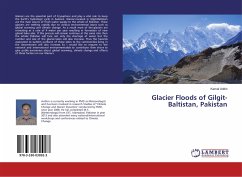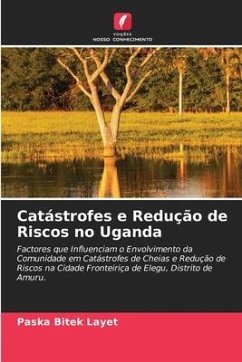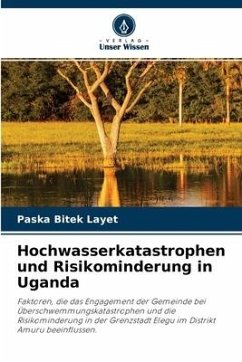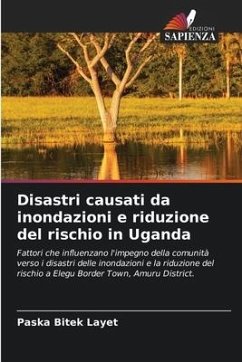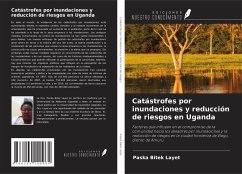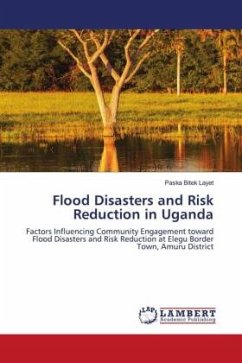
Flood Disasters and Risk Reduction in Uganda
Factors Influencing Community Engagement toward Flood Disasters and Risk Reduction at Elegu Border Town, Amuru District
Versandkostenfrei!
Versandfertig in 6-10 Tagen
33,99 €
inkl. MwSt.

PAYBACK Punkte
17 °P sammeln!
Worldwide, flood disaster incidences are increasing due to sudden climate change and remarkably increasing urbanization which has led to increased population, some of whom have settled along the flood-prone zone. The old structural flood control measures have become unsustainable and unreliable. The new flood disaster management approaches are now revolving around improved land use, good planning, and relocation of the people occupying the flood-prone zone, building permanent houses, forecasting, and warning being advocated. However, these new measures require knowledge of flood disasters and ...
Worldwide, flood disaster incidences are increasing due to sudden climate change and remarkably increasing urbanization which has led to increased population, some of whom have settled along the flood-prone zone. The old structural flood control measures have become unsustainable and unreliable. The new flood disaster management approaches are now revolving around improved land use, good planning, and relocation of the people occupying the flood-prone zone, building permanent houses, forecasting, and warning being advocated. However, these new measures require knowledge of flood disasters and causes, environmental and socioeconomic factors which could hinder community participation. Others include knowledge on the political drives that influence the town dwellers' flood risks perception and adaptation. In Uganda, flood disasters have caused numerous losses and damages to properties worth billions of Uganda shillings. In 1997, more than 153, 500 people were affected, and 100 people were killed. In 2007, at least 718,045 people had their properties destroyed, and 5 lost their lives, and in 2010, landslides killed 250 people, with over 350,000 affected.





